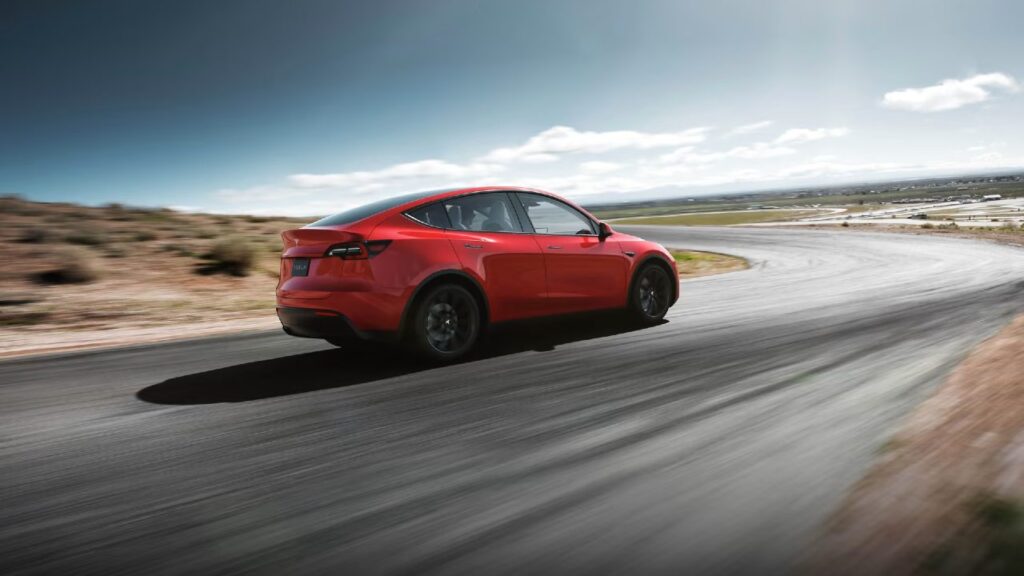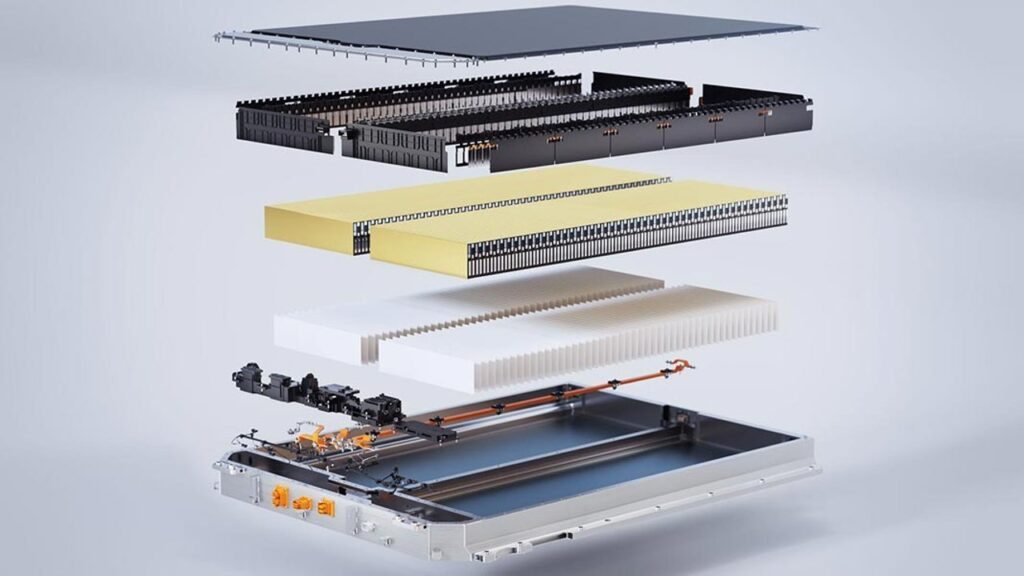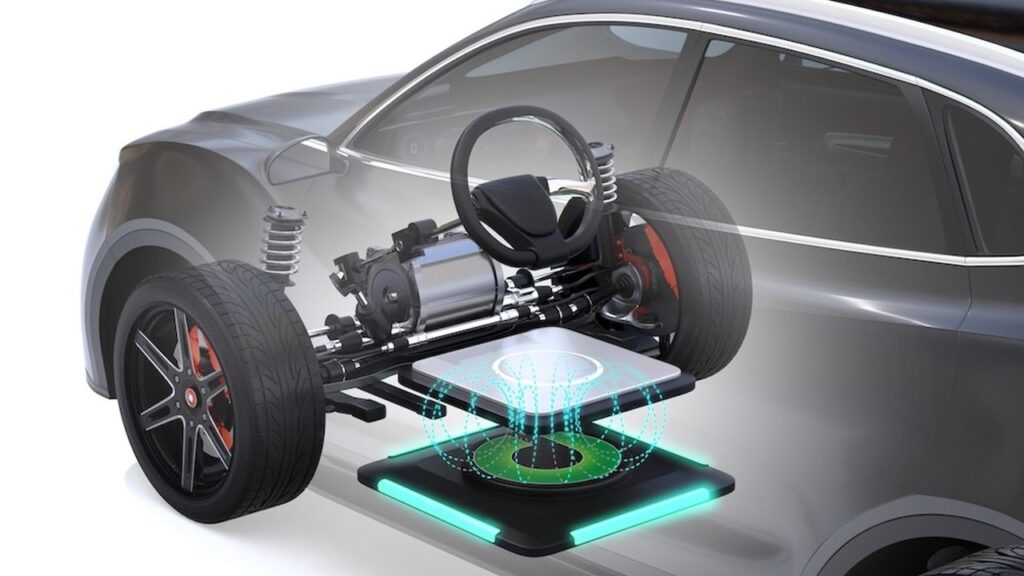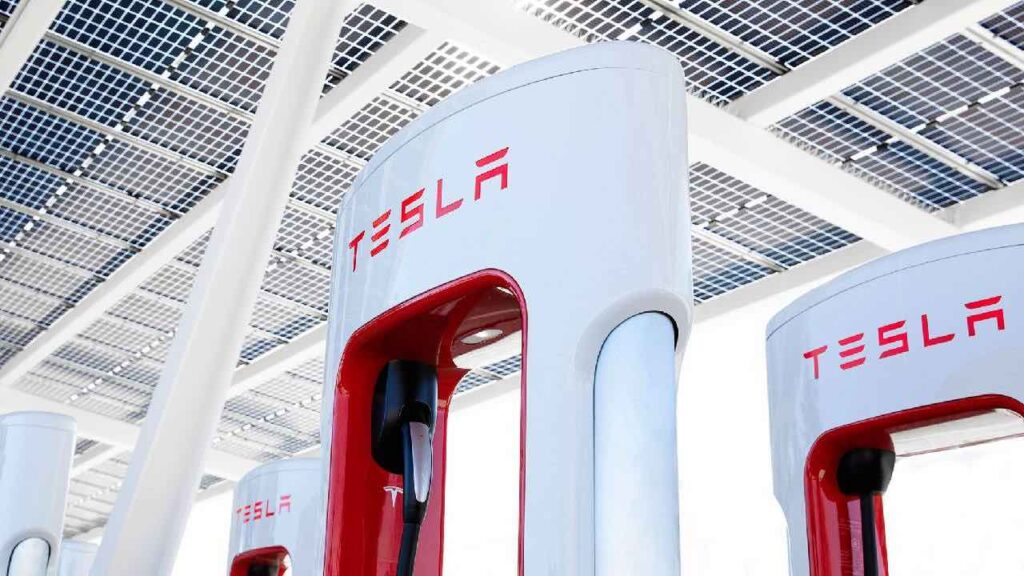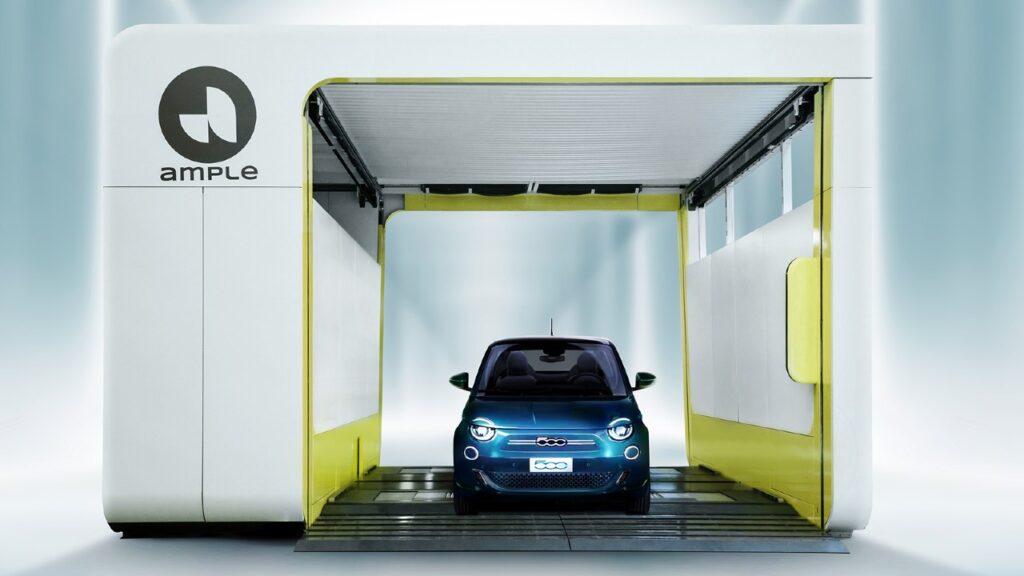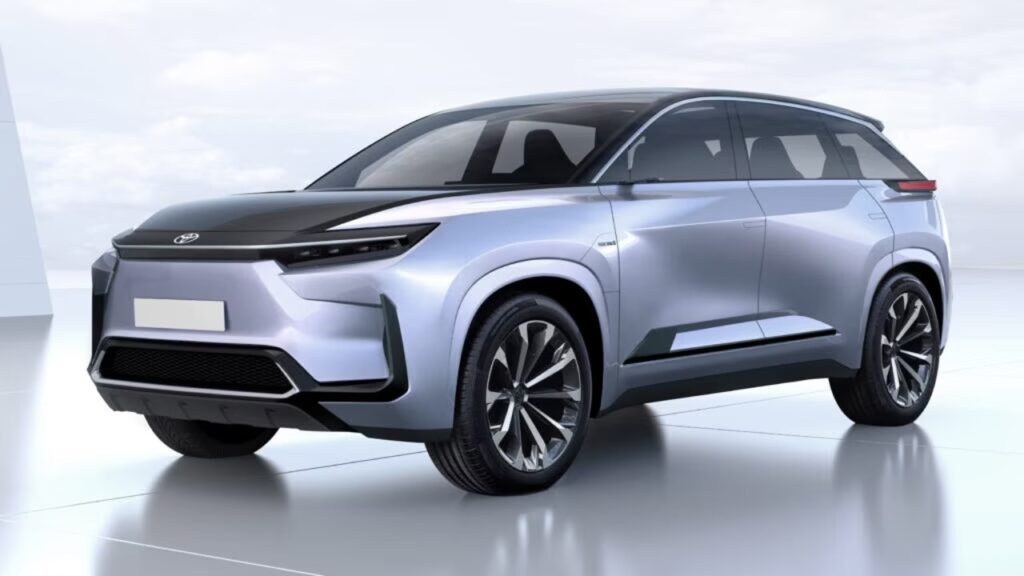Tesla Model Y Facelift In China By Mid-2024, Other Markets To Follow
Tesla Model Y holds the distinction of being the highest-selling EV on the planet. The Tesla Model Y will receive a significant facelift by the middle of 2024 in China. It is rumoured to carry the codename ‘Project Juniper’. Note that the happenings in the Chinese market often translate to other international markets soon. In fact, the Model Y already received a minor update in the Chinese market earlier this year. In comparison, the upcoming facelift will bear relatively more substantial alterations. You might also like: Mercedes, BMW Exceed EPA Range in Real-World Test, Tesla Falls Short Tesla Model Y Facelift In order to prepare for the facelift, the second phase of Tesla’s Shanghai factory will halt production for a week around the first half of February. That is also the time of the Chinese New Year holiday season. During this time, the manufacturing facility will undergo partial upgrades to incorporate the changes needed to roll out the new Model Y. However, the final upgrades will be made closer to the commencement of the production at a relatively later stage. We already know that Model Y is the highest-selling EV in the world. It has held that title for a while now. Hence, it shouldn’t come as a surprise to anyone that even in China, it accounts for close to 75% of total Tesla sales. That is a testament to the relevance of this model. This facelift is aimed at ensuring that the Model Y stays competitive amidst fierce rivals in the Chinese market including BYD, Xpeng and Nio. That also explains why Tesla is in the process of refreshing its entire lineup including the new Model 3 earlier this year under the codename ‘Project Highland’. You might also like: $25,000 Tesla Model 2 Imminent with Expansion of Giga Shanghai Specifics of Facelift While there are no concrete reports regarding the exact details of the changes, we can take some cues from the facelifted Model 3. This will include modifications to the interior, as well as exterior. Hence, we could expect slight design changes to the aesthetics, perhaps the alloys, in addition to some new features inside the cabin. Moreover, it could also get a larger M3P battery from CATL. The Model 3 also received a new blind spot monitor and an active hood for pedestrian protection. After the China launch, these updates will trickle down to the international markets too. We shall keep an eye out for further details in this case.

